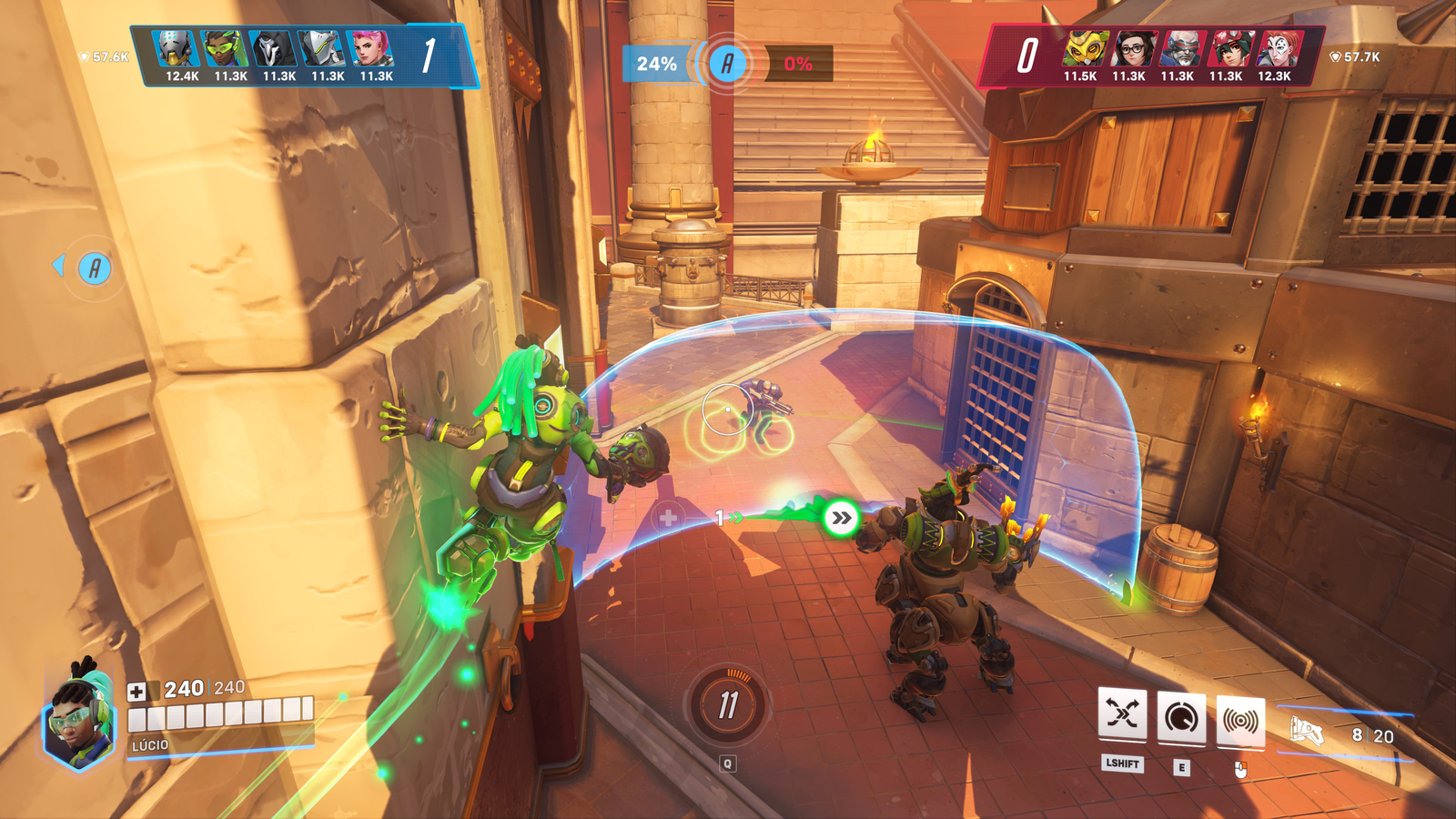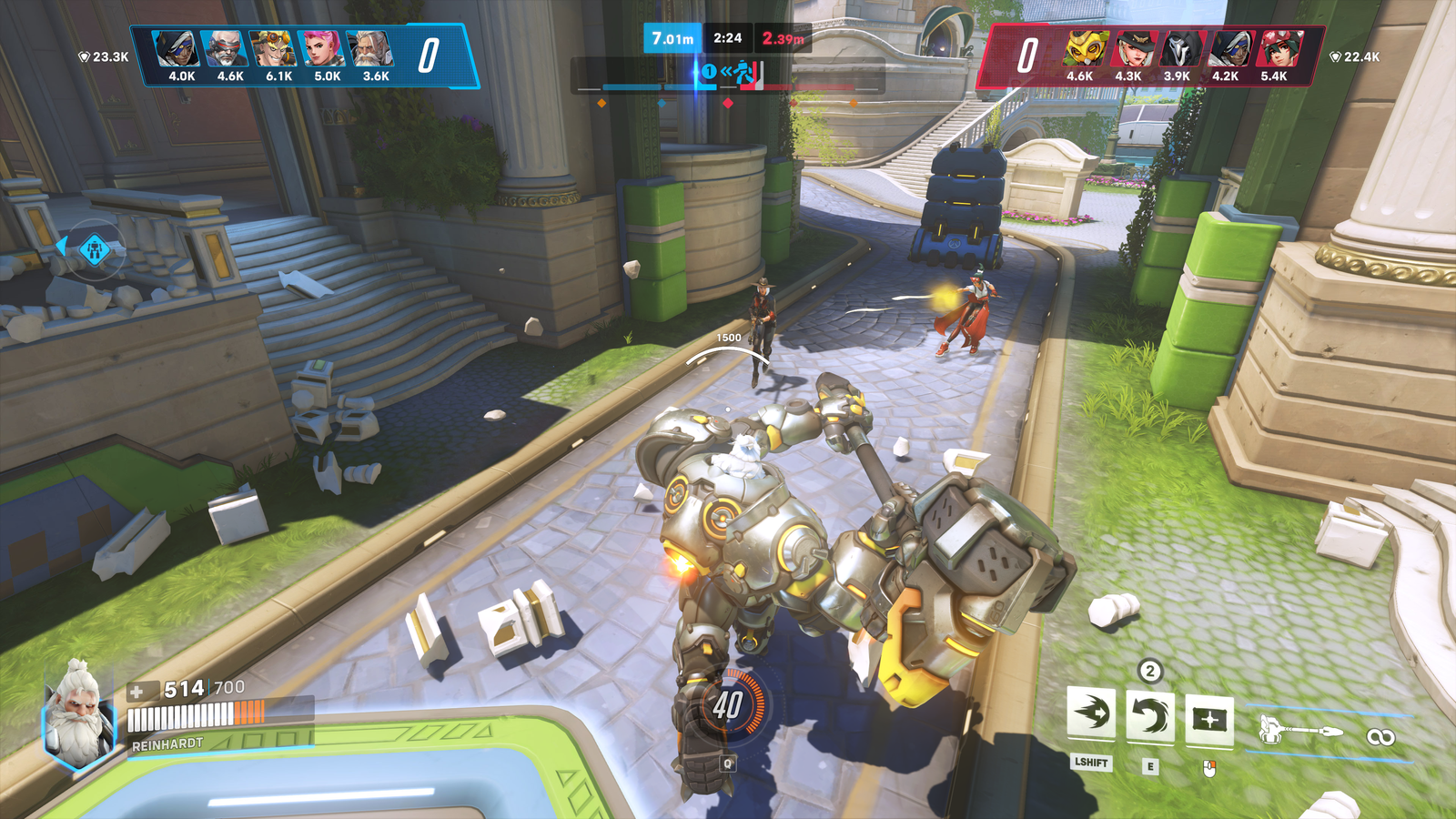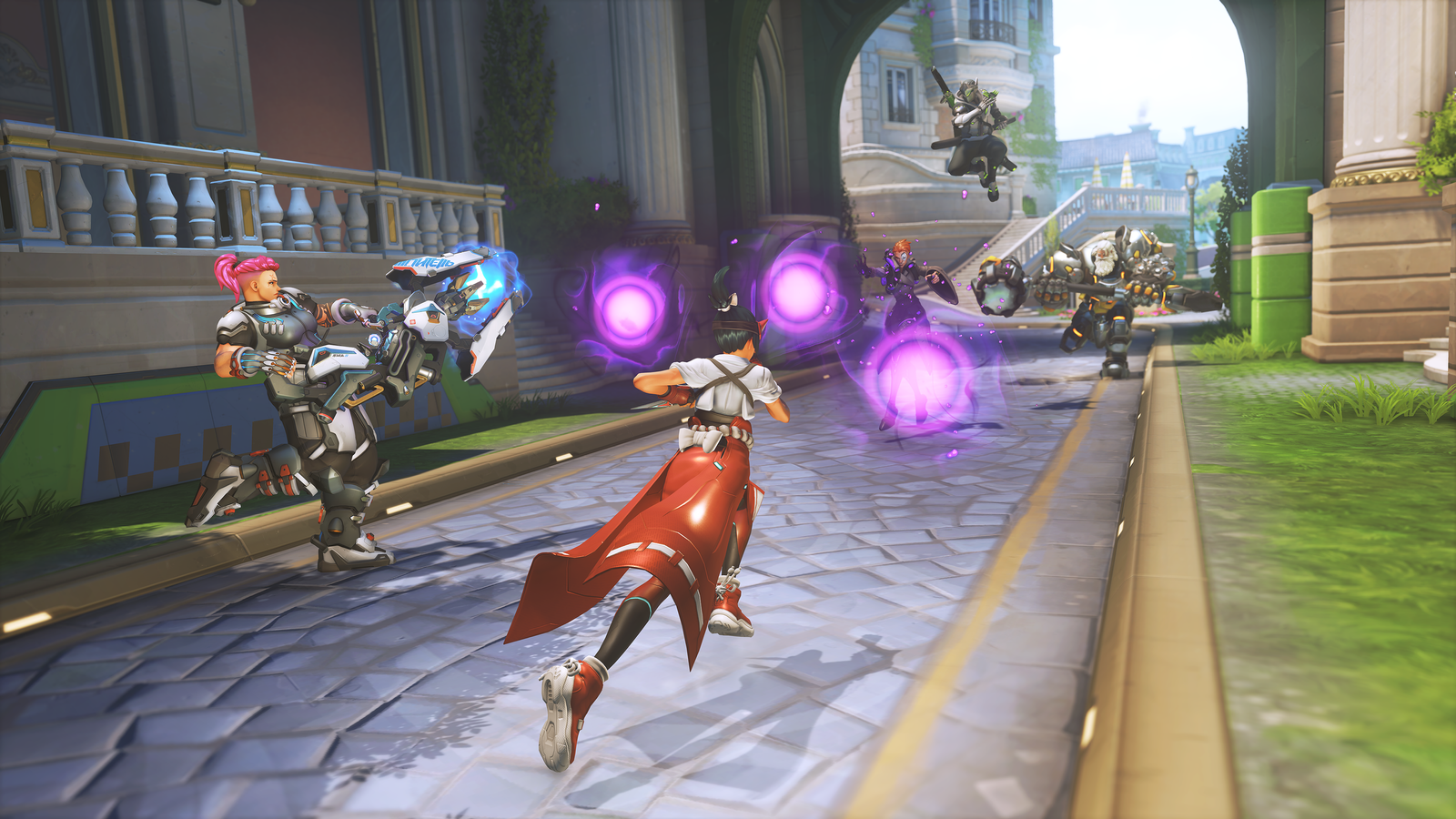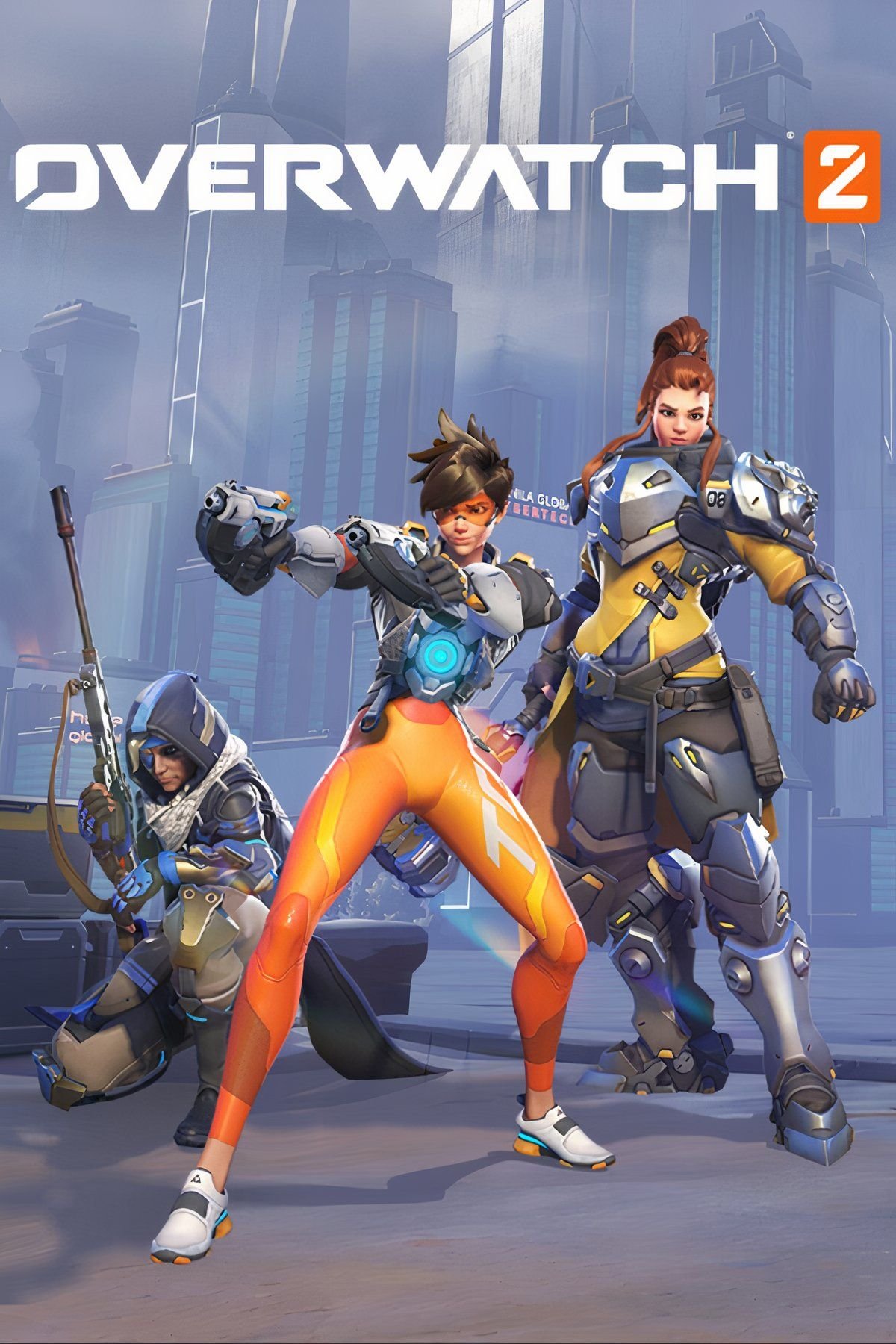In a rare departure from Overwatch 2’s high-speed, team-focused skirmishes, Blizzard has unveiled Stadium, a new competitive mode that blends MOBA-like progression with hero shooter mechanics, all wrapped in a best-of-seven format with a third-person camera.
The mode, which goes live on April 22, is being pitched by the development team as the third foundational pillar of Overwatch, joining the ranks of Quick Play and Competitive. I sat in on a roundtable interview with game director Aaron Keller, who offered candid insight into the design philosophy, feedback loop, and long-term vision for what may be the most transformative change the series has seen yet.
According to Keller, Stadium wasn’t some last-minute brainstorm. “We’ve been working on this for several years,” he explained. While fans may draw comparisons between Stadium’s upgrade systems and the previously scrapped PvE content, Keller was quick to draw a line between the two.
“Most of the abilities that we’ve developed for [Stadium] have grown over the course of development,” he said. “We’ve reviewed abilities from the PvE mode, and many team members who worked on it are still with us. What we’re seeing now is the expertise we’ve gained over the last few years. Even our Perks have contributed to the Powers in Stadium. Abilities for PvP often differ from those that work in PvE.”
Overwatch Is Learning To Pace Itself
The result is a strategic, round-based mode where you select a single hero at the start and commit to them for the duration. Between each round, you can purchase item upgrades using Stadium Cash, and enhance your chosen hero with Powers, modifiers that can drastically shift your playstyle.
Overwatch’s classic gameplay is known for being kinetic and relentless. That’s intentional, but it’s not for everyone.
“For some players, Overwatch doesn’t have enough downtime. It’s a constant, crazy battle,” Keller said. “Being able to have a round-based structure where you go back to a shop and have some downtime there really gives you some breathing room.”
This shift aims to bring longer-form strategy to a game traditionally focused on snap decisions and tight team coordination. In Stadium, choosing which power to equip or when to invest in a key upgrade adds a new dimension to the hero shooter formula.
“There’s not a ton of strategic decision-making over the course of an Overwatch match,” Keller said. “A lot of it is tactical, and a lot of it is really executing on how well you know your hero and work with your team. In Stadium, we really wanted to give that to players.”
A New Angle On Strategy
Perhaps the most visually striking addition is the new third-person camera, a first for the series. While it can’t be toggled on the fly during a match, players can choose between first- and third-person in the options menu before a game begins.
“We’ve done tons of work on hero animation and camera positions,” Keller said. “There’s a lot of secret tech that we’ve put into it to make it feel like you’re aiming correctly.”
The team opted for a more cautious rollout, preventing mid-match toggling to keep competitive integrity intact while still allowing players to experiment with different perspectives. Much of Stadium’s final form was shaped through feedback from a closed alpha, where devs actively communicated with playtesters in Discord.
One of the most notable features influenced by this period was the “Mercy rule”, which ends a match early if a team is down 0-3 and trailing significantly in resources.
“Losing four rounds in a row doesn’t feel very good,” Keller admitted. “When we tested our Mercy rule, which knocks a team out after three straight losses at the start, it was controversial internally on the Overwatch team. The closed alpha showed it was a good solution, but required some tuning. Now, if a team loses their first three rounds and is behind by a certain amount of currency, we’ll call it right there.”
Stadium doesn’t just reshape how matches play, it’s giving heroes the chance to shine in unexpected ways. While core hero development still prioritizes Quick Play and Competitive, Keller said the team now evaluates which characters might shine in Stadium’s more customizable, power-fantasy-forward setting.
“Take someone like Moira. Sometimes in the main game, we’ll get a complaint that she’s a low-skill floor hero that gives players a lot of value. But in Stadium, she can really shine and transform in different ways. For instance, she can crit enemies with her beam, and it rewards a higher skill expression and aim skill for that hero,” he said.
All In On The Arena
Calling Stadium a “third pillar” isn’t hyperbole. Keller confirmed that the team plans to support it as a standalone experience, equal to Quick Play and Competitive, with heroes and updates tuned specifically for the mode. Every season will add more heroes to the roster, starting with 17 at launch, and each is being reimagined with a new degree of build variety in mind.
As for whether this will split the player base or complicate balance, Keller acknowledged the challenge but embraced the opportunity.
“The reason people play a hero shooter is for that power fantasy. Stadium allows us to push that further than we ever have before in the game,” he said.
With its blend of strategic rounds, evolving builds, and new camera angles, Stadium is poised to change how players experience Overwatch 2. Whether it becomes a permanent fixture of the competitive scene or simply a beloved side mode remains to be seen, but one thing’s clear: Blizzard is betting big on the arena.





